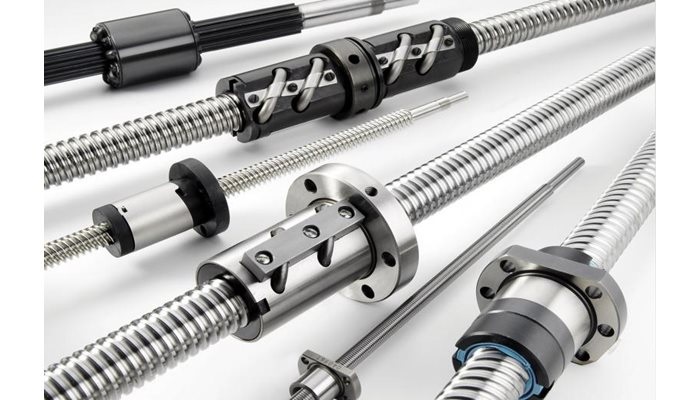A ball screw is an antifriction fastener, is a mechanical device that is employed to transform rotational motion into linear motion. They have a long threaded shaft with ball bearings to reduce friction and sustain substantial stress and weight. Typically, a ball screw is composed of a nut and a screw, as illustrated on the left. There are different models of ball screws. Ball Screws JPF (บอลสกรู JPF, which is the term in Thai) is one of the models. The screw and nut get equipped with helical indentions on the exterior, which facilitate the movement of ball bearings between them. The ball bearings travel to the return system before changing direction as the shaft rotates.
Types of Ball Screws
Ball screws can be classified based on the mechanism of their ball recirculation. One can classify Internal and external recirculation systems as the categories into which ball recirculation mechanisms.
Application of Ball Screws
Ball screws in heavy-duty applications that necessitate high speed, high throughput, high accuracy, and extended service times. One can use them in various applications, including precise positioning systems, automotive steering systems, electric vehicles, energy-generating machinery (e.g., wind turbines, solar panels, and hydroelectric equipment), aircraft machinery, and as a viewing system for the photolithography process.
Advantages of Ball Screws
Ball screws provide an exceptional degree of mechanical efficiency. According to statistics, ball screws are approximately 90% efficient, which translates to their capacity to transform nine-tenths of the rotational motion of the application into linear motion. In contrast, lead screws exhibit an average mechanical efficacy of only 20% to 25%. According to these figures, ball screws are three to four times more efficient than lead screws in converting mechanical energy.
Ball fasteners, of course, also generate negligible friction. As based on their construction, they have a fastener that facilitates the circulation of ball bearings. The ball bearings establish a smooth gliding surface for the screw, which reduces friction and, as a result, extends the lifespan of the ball screw.
The Last Word
Before selecting a ball screw JPF for your application, it is essential to determine the unique characteristics of each and how they align with your specific requirements. Your application will undoubtedly necessitate some degree of compromise. Initially, the assembly design and materials are always crucial, regardless of their accuracy. Other significant variables may include noise, vibration error, maintenance, longevity, and efficiency. Typically, the selection of a ball screw will get selected on the accuracy, capacity, and lead requirements of your application.

